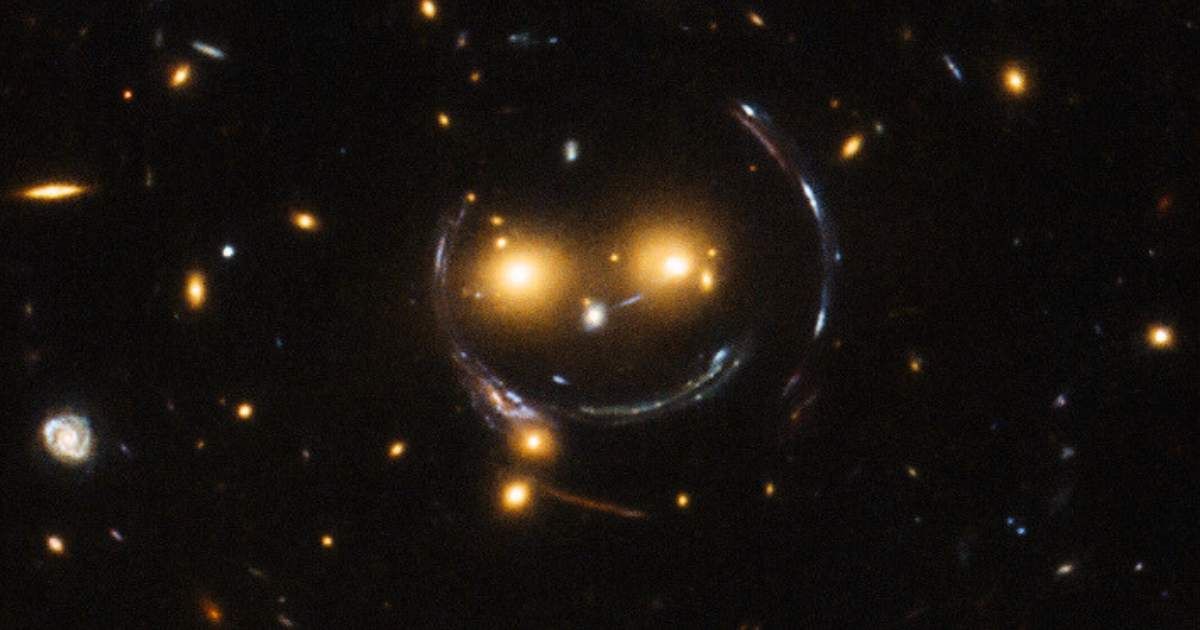NASA's James Webb Telescope spots 'exceptionally rare' cosmic event: 5 galaxies colliding in deep space

Using data from the James Webb and Hubble space telescopes, astronomers have documented a highly unusual celestial event: a collision of five galaxies from the universe's infancy. The discovery, which occurred just 800 million years after the Big Bang, offers new insights into how galaxies form and evolve, as per Live Science.

While galaxy mergers are a known phenomenon, they typically involve only two galaxies. This newly identified system, unofficially named "JWST's Quintet (JQ)," stands out for its sheer size, containing at least five galaxies and 17 star-forming clumps. According to Weida Hu, a postdoctoral researcher at Texas A&M University and the lead author of the study, finding a system of this complexity is "exceptionally rare," both in observational studies and in theoretical models.

"The probability of detecting even one [multiple-galaxy merger] is quite low," Hu stated, suggesting the team may have been "lucky" to spot it so early in the universe's timeline. The study, published in the journal Nature Astronomy, credits the advanced capabilities of the James Webb Space Telescope (JWST) for confirming that the galaxies are physically connected.
The galaxies within the quintet are highly active, exhibiting prominent signatures of new star formation. Their combined stellar mass is estimated to be 10 billion times that of our Sun. Researchers believe this massive merger could eventually lead to the formation of a quiescent galaxy, a type of galaxy that stops forming new stars. This finding could help explain a long-standing mystery: how "dead" or quiescent galaxies formed so early in the universe's history. The quintet's future could provide a key piece of the puzzle, showing whether these systems evolve into less active galaxies or become dormant altogether.

While the JWST’s images provided critical clues about the system’s structure, more detailed observations will be needed to understand its dynamics and composition fully. If more such systems are found, they could either confirm existing cosmological models or point to new, undiscovered mechanisms at play in the early universe.
The James Webb Space Telescope's groundbreaking observations continue to reshape our understanding of the early cosmos. Just as the discovery of JWST's Quintet provides a unique window into galaxy mergers, another recent finding challenges long-held theories on galaxy formation. A separate team of astronomers, also leveraging the JWST, has identified 300 unusually bright objects in the distant universe. These "candidate galaxies," as they're described in a study published in The Astrophysical Journal, are from a period when the very first stars and galaxies were just beginning to form.

“If even a few of these objects turn out to be what we think they are, our discovery could challenge current ideas about how galaxies formed in the early universe," said Haojing Yan, a professor of astronomy at the University of Missouri and co-author of the study. The identification of these objects was made possible by the JWST's ability to detect the faint, stretched-out light from the most ancient parts of the universe.
More on Starlust
Webb Telescope discovers mysterious CO₂-rich disk with no water around a young star
NASA’s James Webb Telescope discovers evidence of a black hole formed without a supernova explosion









